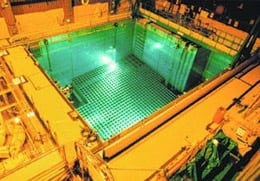
By Wayne Barber
Computer systems used in management of spent fuel at U.S. nuclear power plants are not connected to the Internet or business networks, a key line of defense against cyber threats, representatives for industry and the Nuclear Regulatory Commission…